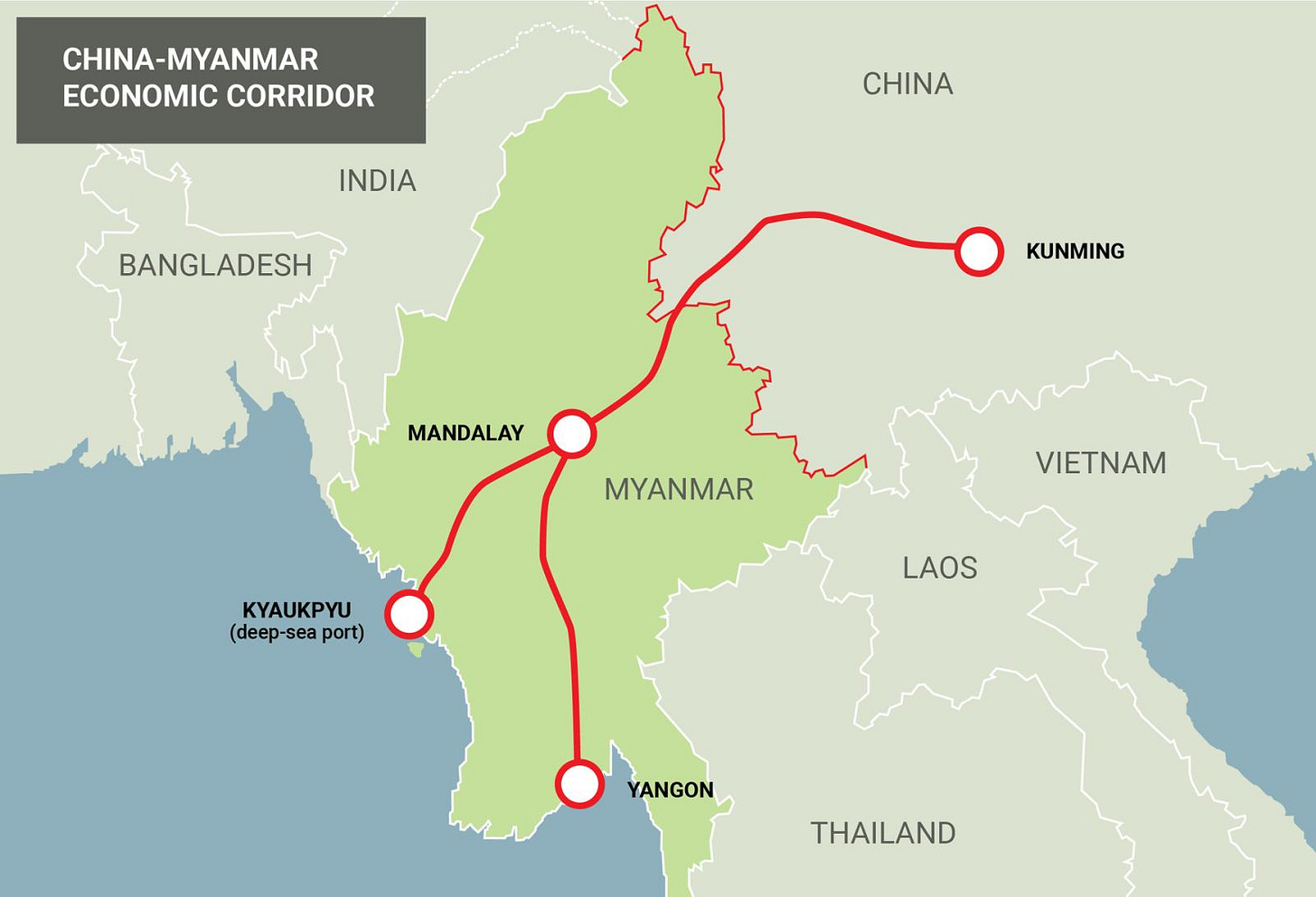Need To Know Now, Jan 28th: Fertilizer, Myanmar, AI, EVs and cyberwarfare
Japan's reliance on fertilizer imports, Myanmar's strategic value, AI and the workforce, the minerals impact of electric vehicles, and the cyber component of Indo-Pacific risk
Russia, fertilizer and agriculture in Japan
Myanmar’s importance to China
One of the problems with AI-driven automation
At a glance: Minerals, EVs and conventional cars
Download: The Future of Cyberwarfare in the Indo-Pacific
1. Japan’s agricultural fertilizer imports
“Japan depends on imports for nearly all domestic use of nitrogen, phosphorus and potassium. After the Russian invasion of Ukraine, domestic fertilizer prices jumped 40% in November from a year ago amid global supply concerns and a weak yen. Japan depends on China for around 90% of its phosphorus imports.”
“Russia is a major fertilizer producer and China is a key phosphorus supplier. Beijing, however, has restricted fertilizer exports since October 2021. As such, resources are disproportionately distributed and it has been difficult for Japan to secure alternative suppliers.”
And:
“It depends on Russia and Belarus, which is a close ally of Moscow, for nearly 30% of its potassium chloride supply, but imports from the two countries have effectively stopped due to the increasingly tense situation in Ukraine.”
“China had supplied Japan with about 90% of its ammonium phosphate and nearly 40% of its urea. But in October last year, Beijing implemented restrictions on exports of the materials to prioritize domestic demand.”
“As a result, in April the import price of urea rose to about ¥120,000 per ton, that of ammonium phosphate rose to about ¥140,000 and potassium chloride increased to about ¥80,000. These prices were 2.1 to 2.6 times those in April last year.”
2. Myanmar’s strategic importance to China
“The construction of a dual-use deep-sea port in Kyauk Phyu is the crown jewel of the corridor project and the port could potentially cater to future deployments of the Chinese navy in the Indian Ocean. The transport corridor and trade with Myanmar will also offer China’s southwestern provinces energy security and opportunities for economic development.”
“In the regional context, the establishment of a foothold for the Chinese navy on Myanmar’s west coast would lead to a redrawing of the security architecture around the Indian Ocean. In a not-too-distant future, the West might be looking into a scenario where China’s southwestern border is de facto drawn at what Chinese diplomats, in private, refer to as “‘our’ west coast.”
3. One of the problems with AI-driven automation
The “new automation” of the next few decades—with much more advanced robotics and artificial intelligence (AI)—will widen the range of tasks and jobs that machines can perform, and have the potential to cause much more worker displacement and inequality than older generations of automation. This can potentially affect college graduates and professionals much more than in the past. Indeed, the new automation will eliminate millions of jobs for vehicle drivers and retail workers, as well as those for health care workers, lawyers, accountants, finance specialists, and many other professionals.
And:
4. At a glance: Minerals, EVs and conventional cars
And:
5. Download: The Future of Cyberwarfare in the Indo-Pacific
“One involves the effort to misinform or manipulate public opinion in a given territory, for instance, through disinformation campaigns. In strategies pursued by countries such as China and Russia, the information environment is an integral part of their broader hybrid and cyberwarfare doctrine. It is also an area in which these countries have developed sophisticated capabilities at an industrial scale.”
“A second overlooked dimension are strategies that consequentially seek to undermine an adversary’s economic prosperity.”









